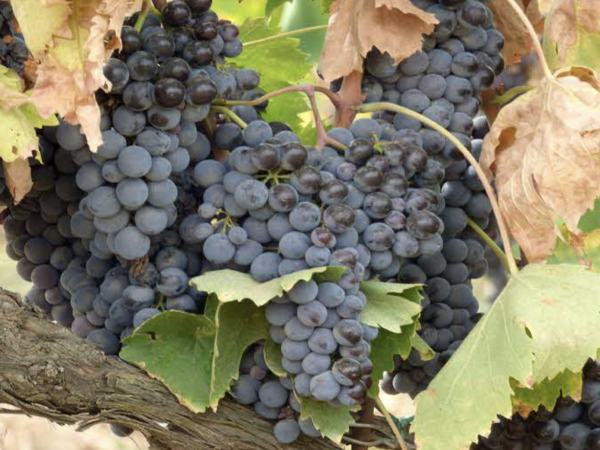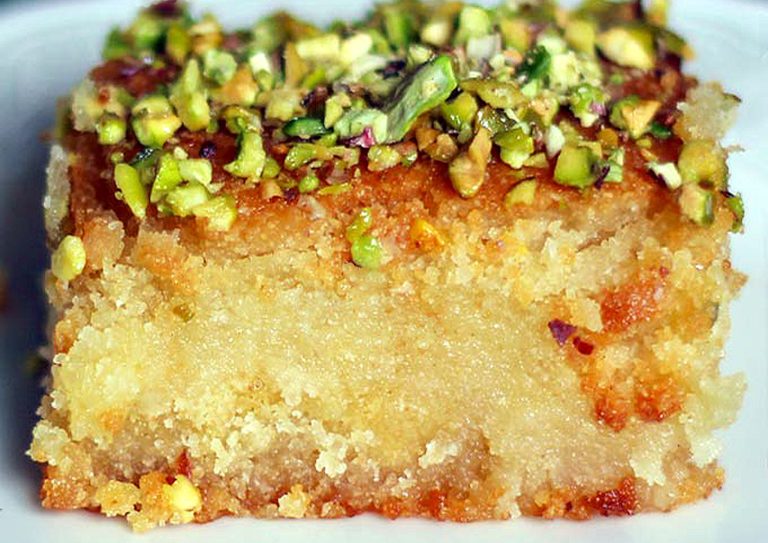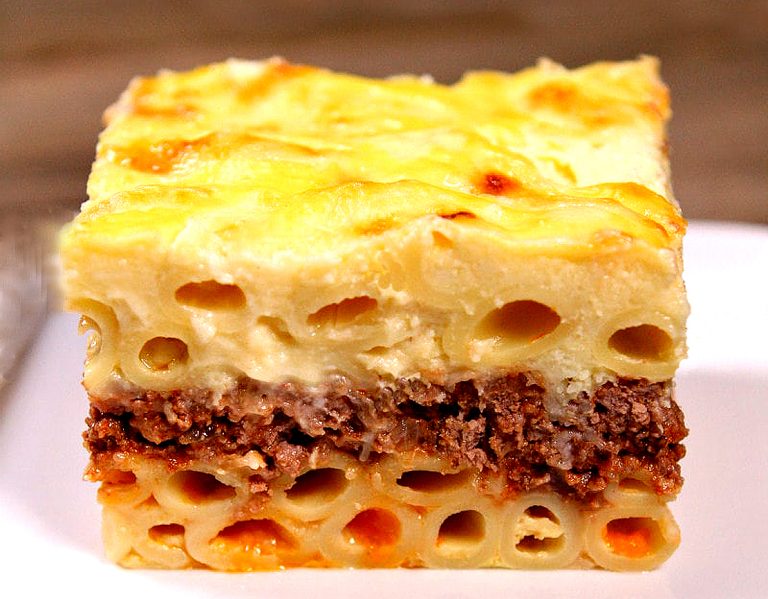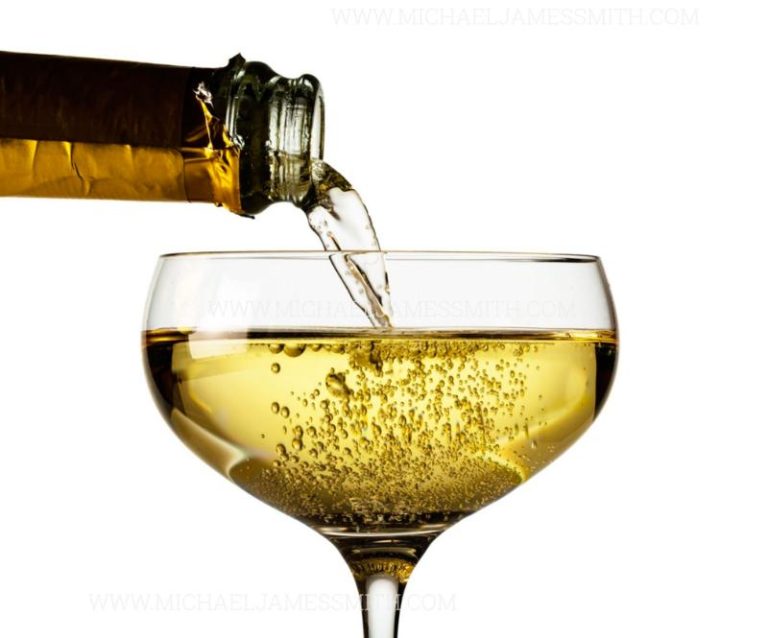Published with permission from LuxuryWeb Magazine
I regularly receive a variety of sample wine bottles for tasting and review. It was upon receiving a few samples of “second wine” that I was reminded of several older bottles I had acquired about a decade ago, lying unopened in my cellar. This prompted me to uncork one and delve into the world of second label wines.
The term “second label wine” is most notably linked with the esteemed first and second growth wineries of Bordeaux, denoting wines produced from vineyard plots not designated for their premier “Grand Vin.” Many prestigious Old World wineries offer second labels, and some even present third labels.
These second — or even third — label wines typically originate from younger vineyard plots. The grapes from these vines are fermented separately from those destined for the Grand Vin, which comes from the older vines of the vineyard. The top barrels from these younger grapes may be chosen by the oenologist to enhance the Grand Vin. However, the wine from younger vines not utilized in this blend is often sold under the second or third label.

How to tell wines apart
Second labels serve another purpose during poor vintages when the post-vinification wine quality does not meet the estate’s standards for their first label. In such cases, a winery may opt not to release a first label for that year, choosing instead to market the entire production under the second or even third label rather than selling the wine in bulk to négociants.
Success
You are now signed up for our newsletter
Success
Check your email to complete sign up
In Italy, the top-quality wines of a winery sometimes do not comply with the strict DOC or DOCG regulations regarding grape varieties and blend percentages. This is notably the case with Super Tuscans, where many Montalcino producers label their second wines as “Roso di Montalcino” — excellent wines, though not quite on par with the top-tier Brunello.
RELATED: A Feast for the Senses: Savoring the Luxury of Fine Caviar and Wine
I recently savored the second wine from Super Tuscan producer Luce Tenuta della Vite, a venture initially founded in Montalcino by the Frascobaldi and Mondavi families. The 2011 La Vite Lucente, a rich blend of Sangiovese, Merlot, and a hint of Cabernet Sauvignon, offered smooth, ripe notes of dried plum and blackberries, complemented by roasted espresso and a touch of green pepper. Despite its age, it presented a youthful vigor, reflecting its value at the time of purchase.
The past two decades have seen an increase in good vintages, partly due to global warming, elevating the quality of second label wines to rival that of first labels from earlier times. Over the last ten years, I’ve enjoyed second label wines from Grand Cru estates as an affordable alternative to the prestigious first labels of classified Bordeaux châteaux.
Excellent value and taste
Château Mouton Rothschild pioneered the concept of marketing a second label for less favorable vintages. Its Mouton Cadet, originally priced significantly lower than the Grand Vin, has evolved into a distinct brand with its unique taste profile and marketing approach. Similarly, Château Margaux and Château Lafite Rothschild have their second wines, Pavillon Rouge and Carruades de Lafite-Rothschild, respectively, which I’ve found to offer excellent value, though they are not as modestly priced as they once were.
Even Third, Fourth, and Fifth Growth wineries now boast second and sometimes third labels, such as Château Léoville-Las Cases with its Clos du Marquis and Château Lascombes with Chevalier de Lascombes, among others. These second labels often represent impressive quality, particularly in exceptional vintages.
For those interested in exploring second wines from classified Bordeaux estates, a comprehensive list can be found on Wikipedia under “Bordeaux second wine.”
Many upscale restaurants now include second label wines in their lists, providing knowledgeable diners with high-quality options at a fraction of the cost of first labels. This approach allows wine enthusiasts to enjoy the craftsmanship of renowned estates without the premium price tag.
My strategy for acquiring Bordeaux wines while managing expenses involves focusing on second labels for exceptional vintages, a mix of second labels and first labels of Médoc Cru Bourgeois for good vintages, and primarily first labels of Third or Fourth Growths for poor vintages.
For very poor vintages, I turn to Italian Brunellos, Morellinos, Super Tuscans, or the finest wines from Spanish regions like Catalonia, Tarragona, or Rioja.
Cheers to your health!
Visit LuxuryWeb Magazine to see the original article and more.







